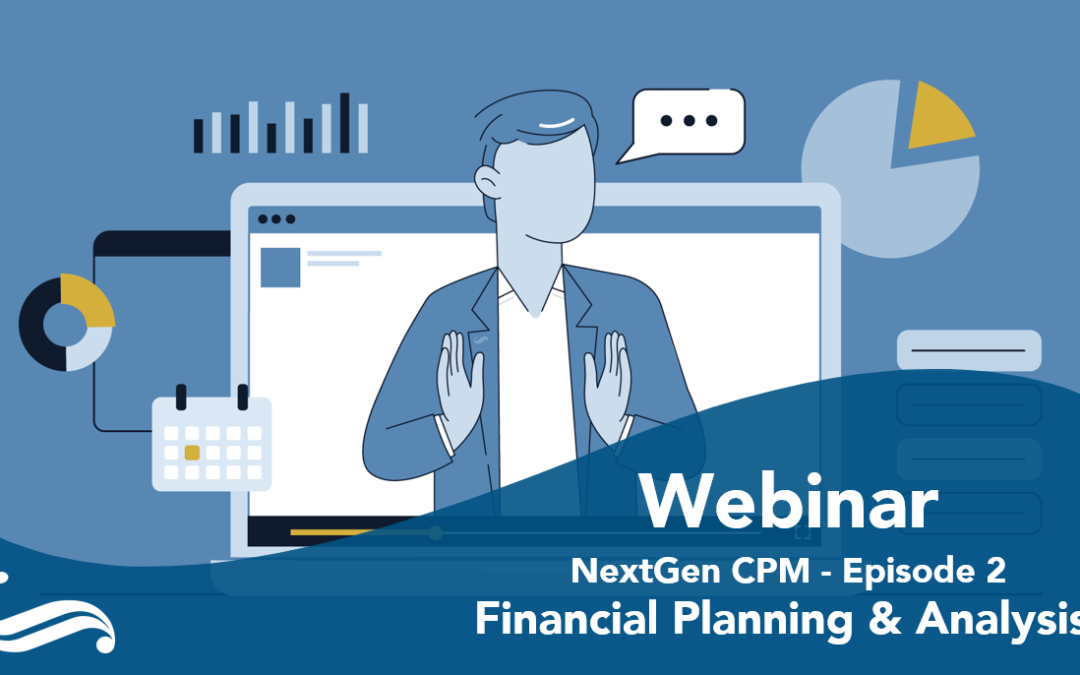Application Maintenance and Support (AMS). Why is this phase of a project so important, given that it comes after the actual “go-live”?
Pierre: After an implementation project, the support is essential to maintain the solution in operational conditions. If sometimes customers can internalize some administration activities, they usually use the service of external partners to secure the production of data.
This service ensures customers the efficiency, the performance, and the stability of the existing application to produce reporting on time according to a strict calendar.
AMS is the opportunity to externalize the support to real experts of the solution, using best practices and working in a close collaboration with the editor.
Since we are in the Corporate Performance Management field, how would you explain the type of maintenance and support services you deliver to clients? What are the advantages of having an external partner to cover the post-implementation?
Pierre: At Satriun, we are covering both functional and technical maintenance activities. The following services can be offered: Support & administration, Corrective maintenance, Evolutive maintenance, Preventive maintenance, Documentation update and Governance.
In the CPM context, preventive maintenance is strategic and allows the customer to be regularly informed of the new functionalities and strengths of the tool.
In a “fast close” process, our customers have strict closing calendars and must have the guarantee of punctual deliveries regarding corrections or evolutions to bring to their system. That is why external partners such as Satriun ensure a continuity of resources and services all along the year with the capacity to deliver with SLAs and a dedicated team with backup.
The main challenge in a post implementation phase will be the ability for the AMS provider to support customers and give answers within the right SLAs times.
Application maintenance and support comes in after the implementation is done. Can you share with us any challenges you managed to overcome, recently?
Pierre: We recently had a case where a customer faced a big restructuring with many changes in the consolidation scope (acquisitions, mergers & dissolutions) and our support team guided them step by step in the tool to secure the annual closing of the financial statements.
Following a recent upgrade of the solution, a customer detected a regression bug on one important functionality. Satriun was requested to resolve the issue by contacting the editor and installing a corrective Patch on the version.
Otherwise, customers usually request our support for database back-ups, data model / reports / user rights or calculations modifications.
What is your general advice to clients who are preparing to finalize projects and embark on the maintenance and support journey?
Pierre: Do not underestimate this post-implementation phase which is strategic to secure the ongoing success of the project efforts up and until the “go live”.
The decision how to setup the AMS needs to be made already during the project. The customer needs to clearly define the scope of the support required by listing all the activities that cannot be internalized.
At Satriun we pay special attention to being part of a real initialization phase during which the team that delivered the project transfer all the knowledge and documentation to the AMS team to be fully operational when the first maintenance ticket occurs.
















